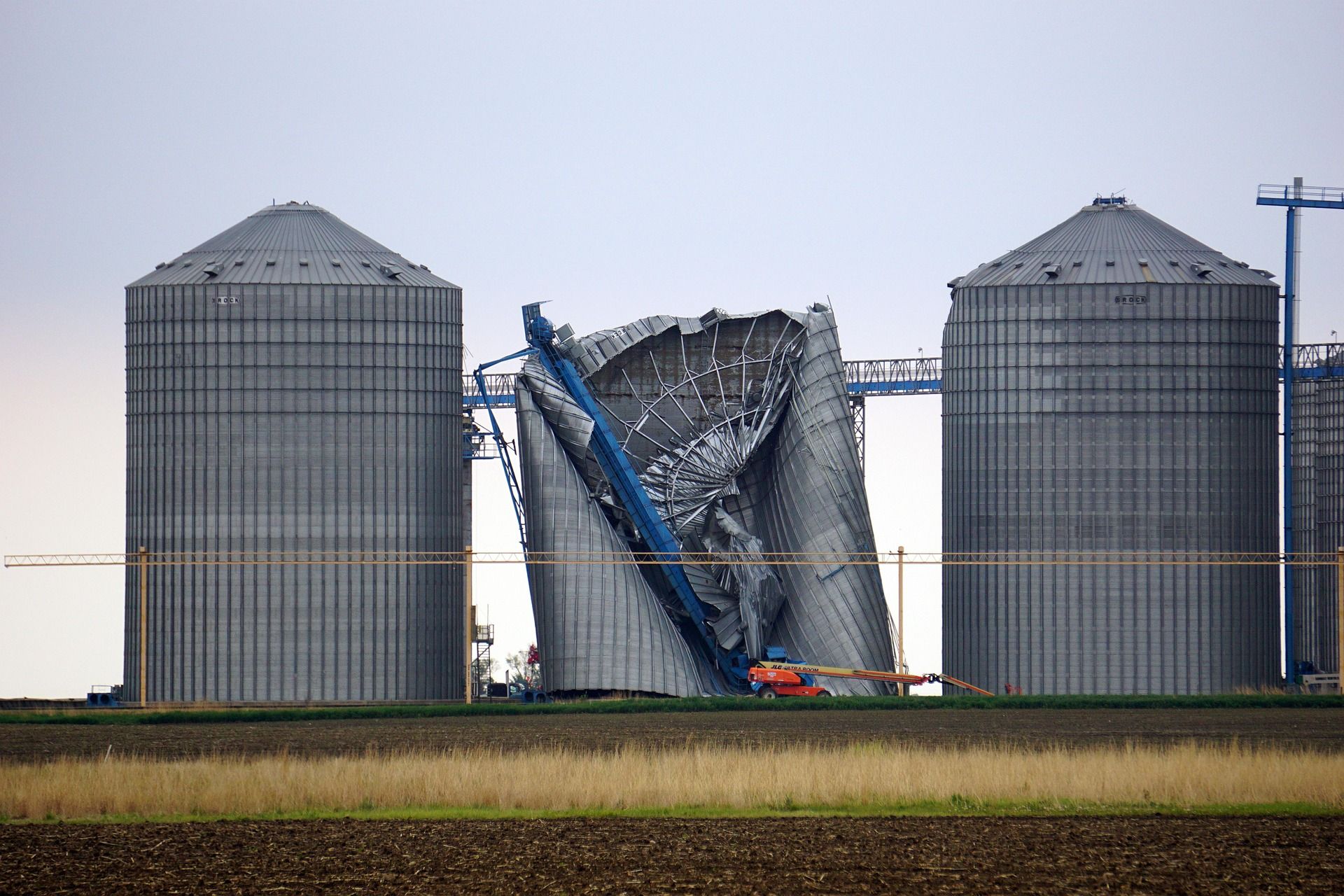
Disaster Preparedness: How Employers Prepare for Nature Herself
Natural disasters strike without warning, and businesses that fail to prepare often struggle to recover. A disaster plan is the blueprint that keeps your business standing when natural forces try to knock it down. When employers take disaster preparedness seriously, they protect not only their physical assets but also their most valuable resource – their people.
Disaster Preparedness for Small Businesses
Every workplace needs a comprehensive emergency plan tailored to its specific risks. Disaster preparedness, so we call it. This should include clear procedures for various disaster scenarios relevant to your location, whether that’s earthquakes, floods, tornadoes, or wildfires. Your plan must be written, accessible, and regularly updated.
What should your emergency plan include?
- A detailed communication system that functions even when power and cellular networks fail, ensuring everyone from management to front-line workers stays informed during critical moments
- Clear evacuation routes and assembly points
- Assignment of emergency roles and responsibilities to specific team members
- Regular drills that test your plan’s effectiveness and identify weaknesses before a real disaster exposes them
Most businesses find their emergency plans have significant gaps after their first practice drill.
Implementation and Training
Like a well-oiled machine, a practiced emergency response team moves with precision when seconds count. Training shouldn’t be a one-time event but an ongoing process.
Your team needs to understand not just what to do, but why each procedure matters. Regular refresher courses keep safety protocols top of mind and help integrate new employees into your emergency response system. Document each training session and keep records of employee participation to maintain compliance with regulations.
